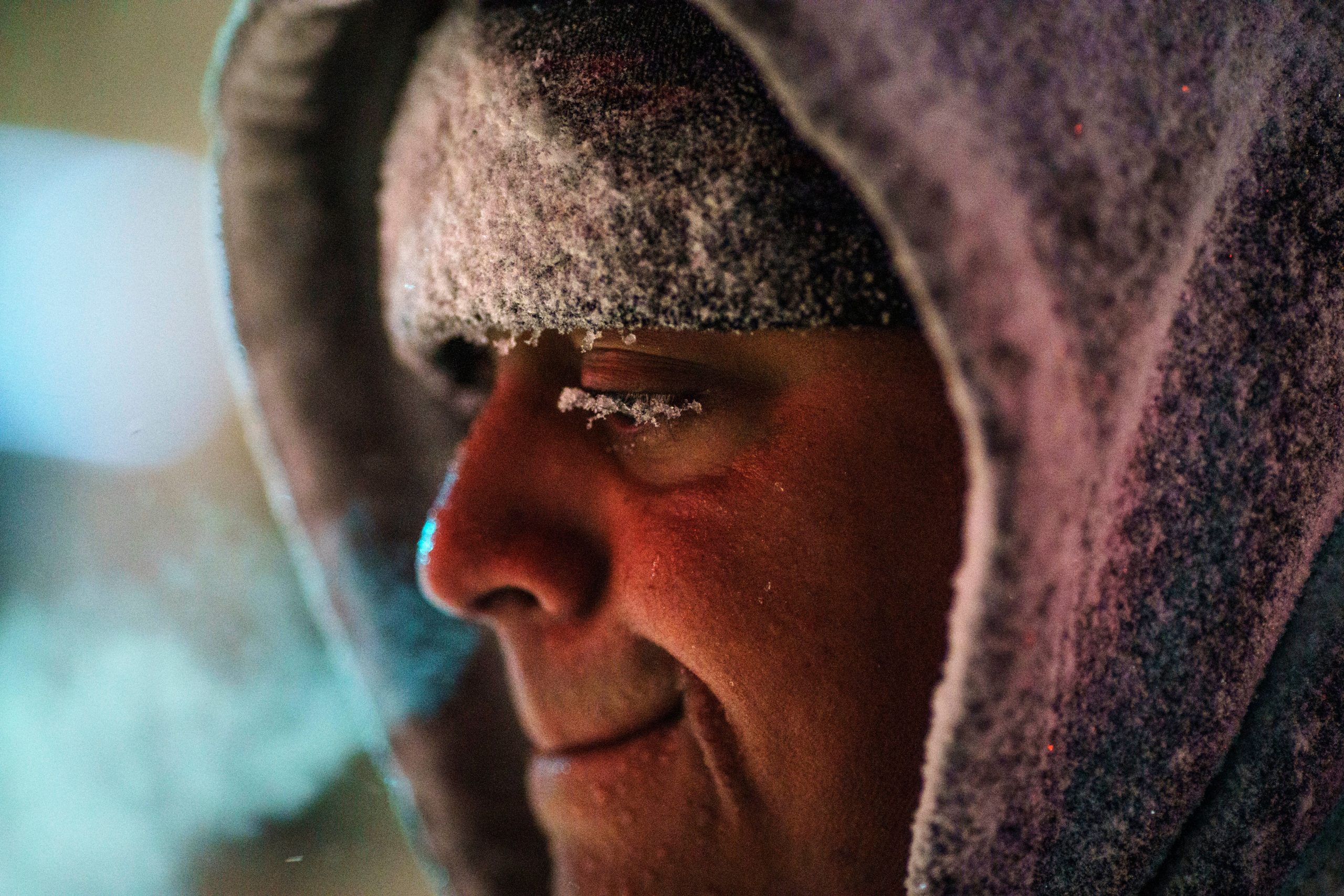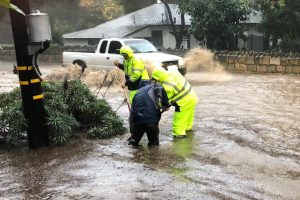The sun shone brightly on Sunday across much of the East Coast, a day after a ferocious northeaster wreaked havoc in many areas, leaving more than 100,000 people without power for a period that could extend into Monday.
On Sunday, winds that had gusted to over 80 mph on Saturday slowed down, and temperatures soared into the upper teens and 20s as people emerged from their houses to dig out.
Also read: H-1B visa registrations for fiscal year 2023 from March 1, says US
From Virginia to Maine, the storm dropped snow, but Massachusetts took the brunt of it, with the nearby towns of Sharon and Stoughton receiving more than 30 inches (76 centimetres) before the storm passed.
During the storm’s peak, more than 100,000 people lost power, largely in Massachusetts. By Sunday afternoon, the number of people without power in Massachusetts had reduced to around 40,000, largely on hard-hit Cape Cod. There were no widespread disruptions reported in any other states.
Eversource said on Sunday that 1,700 personnel were working in Massachusetts to restore power, adding that customers should have power “by the end of the day Monday, with most before then.”
Also read: Melania Trump’s ‘Head of State’ auction items fail to reach bid threshold
“We know how challenging it is for our customers to be without power, especially in this frigid weather,” Bill Ritchie, Eversource Vice President of Electric Operations, stated in a statement.
According to the National Weather Service, snow totals in and around New York City ranged from a few inches in some regions north and west of the city to more than 2 feet (61 centimetres) in Islip, Long Island. Warren, Rhode Island, had over 2 feet (61 cm) of snow, while Norwich, Connecticut, received 22 inches (56 centimeters). More than a foot of snow fell in some parts of Maine and New Hampshire.
On Cape Cod, wind gusts as high as 83 mph (134 kph). In some places, it swept the ground bare, while in others, it heaped the snow into massive drifts. According to video posted on social media, coastal towns flooded, with wind and waves slamming North Weymouth, south of Boston, flooding streets with a slurry of freezing water. Other videos showed a street on Nantucket that was underwater and waves pounding into the windows of a Plymouth building.
Also read: NFL: Tom Brady’s journey through the years
According to television reports, a Rhode Island couple married on Saturday as scheduled despite the blizzard. Sally Faulkner and Adam Irujo had been preparing their wedding for 14 months and finally got married on the steps of the Providence Public Library in front of a small group of relatives and friends.
Forecasters were keeping an eye out for new snowfall records, particularly in Boston. The modern snowfall record for a winter storm in Boston is 27.6 inches (70 cm), which was achieved in 2003.
The National Weather Service reported that the city tied its record for the most snowfall in a single day on Saturday, with 23.6 inches (60 cm).
It was compared to the famed Blizzard of ’78, which paralysed the region for days, as are most severe winter storms in New England.
“I was around for the Blizzard of ’78, and this one was worse. The wind was tremendous,” Joe Brescia, 72, stated as he shovelled his sidewalk in Warwick, Rhode Island, on Sunday, tears flowing down his face from the biting cold.
Also read: Two New York nurses charged with faking COVID vaccine cards, stealing $1.5 million
When Bao Ha, 26, stepped outside to shovel Sunday morning, he didn’t believe it was that awful.
“It’s funny, it didn’t look so bad when I looked out the window this morning,” he said this while he shovelled the sidewalk in front of his home in Waltham, Massachusetts, which received 16 inches (40 cm) of snow, according to the National Weather Service. “But it’s light, so it’s easy to shovel.”
Climate change, particularly the warming ocean, most likely influenced the storm’s severity, according to atmospheric scientists.
Much warmer ocean waters “are certainly playing a role in the strengthening of the storm system and increased moisture available for the storm,” said University of Oklahoma meteorology professor Jason Furtado. “But it isn’t the only thing.”
The storm was saved by two factors: dry snow, which was less capable of snapping trees and taking down power lines, and the fact that it occurred on a Saturday, when schools were closed and few people commuted.
Maine, New Hampshire, Massachusetts, Rhode Island, Connecticut, New York, and New Jersey, as well as parts of the Delmarva Peninsula in Delaware, Maryland, and Virginia, were all under blizzard warnings at one point or another.
A storm is classified as a blizzard if it includes snowfall or blowing snow, as well as gusts of at least 35 mph (56 kph) that decrease visibility to a quarter-mile or less for at least three hours, according to the National Weather Service. Saturday’s storm met those criteria in many places.







